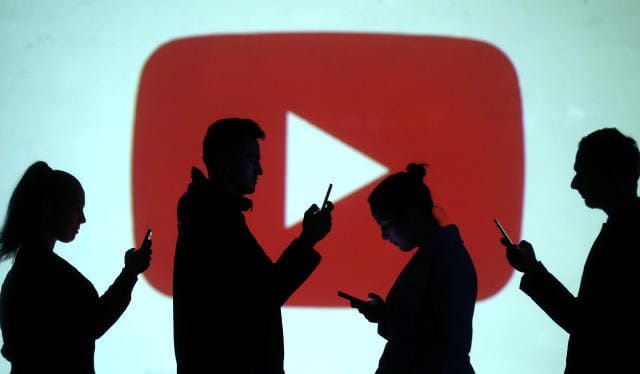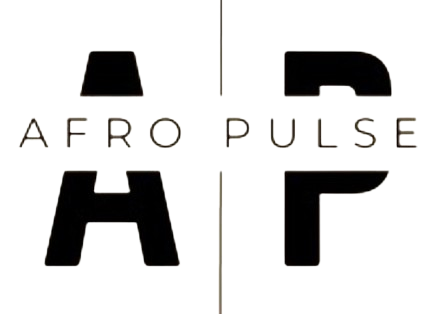YouTube Takeover: Will Creators Eclipse Traditional Media?

The landscape of media consumption is undergoing a seismic shift. The flickering light of the television screen is being replaced by the glow of laptops and smartphones, and a new generation of content creators is vying for our attention. But are these YouTubers merely a passing fad, or are they poised to usurp traditional media giants like CNN and Fox News?
The evidence suggests a fascinating power struggle brewing. Let’s delve into the factors that might propel YouTubers to the forefront of media dominance.
Viewership Numbers That Can’t Be Ignored
Traditional media outlets often tout their national reach, but their grip on eyeballs is loosening. In the third quarter of 2023 alone, YouTube boasted over 2.5 billion monthly active users https://socialblade.com/youtube/. That’s a staggering figure, dwarfing the viewership of even the most popular cable news programs.
Furthermore, YouTube content is purpose-driven. People actively seek out YouTubers they connect with, fostering a sense of loyalty and trust traditional media often struggles to achieve.
Engagement: A Double-Edged Sword
Engagement is another area where YouTube reigns supreme. Unlike the passive consumption of traditional media, YouTube thrives on interaction. Comments, likes, and dislikes create a two-way street, allowing creators to tailor content directly to their audience’s desires. This fosters a sense of community and belonging, drawing viewers deeper into the YouTube ecosystem.
However, engagement can be a double-edged sword. The comment sections of some channels can devolve into echo chambers or breeding grounds for negativity. Traditional media outlets, with their editorial filters, can offer a more curated experience.
The Rise of the Influencer: Advertising Redefined
The advertising landscape is also undergoing a metamorphosis. Traditional commercials are often met with groans and channel flipping. YouTube creators, however, have mastered the art of native advertising.
Take the wildly popular MrBeast, for example. Known for his outrageous stunts and philanthropy, MrBeast seamlessly integrates brand sponsorships into his videos. In one video, he surprised all 100 of his employees with brand new Teslas https://www.youtube.com/watch?v=xOQBOiR7Cv4. This wasn’t just advertising; it was an engaging spectacle viewed by over 100 million people.
Fresh and Fit, a fitness and lifestyle channel, offers another prime example. Their hosts don’t just endorse clothing brands; they wear them throughout the video, seamlessly integrating product placement into their content. This subtle approach resonates more deeply with viewers who see their favorite creators genuinely using the products.
The Challenge of Content Quality
The rise of YouTubers isn’t without its challenges. The sheer volume of content can be overwhelming, and maintaining quality control can be difficult. Furthermore, the lack of editorial oversight on YouTube can lead to the spread of misinformation.
The Future: A Symbiotic Relationship?
While YouTubers may not completely replace traditional media, a more symbiotic relationship is likely to emerge. Mainstream media outlets are already recognizing the power of YouTube, collaborating with popular creators to reach new audiences. News organizations are creating YouTube channels, and established media personalities are branching out onto the platform.
Ultimately, the victor in this media war won’t be a single entity, but rather the platform that best caters to the evolving needs of viewers. If YouTube creators can continue to deliver high-quality, engaging content that fosters a sense of community, they have the potential to become the cornerstone of our media consumption habits.
The future of media is bright, and it will likely be a future filled with the voices and personalities we’ve come to know and love on YouTube.
Which do you watch more? Youtube or traditional TV?





